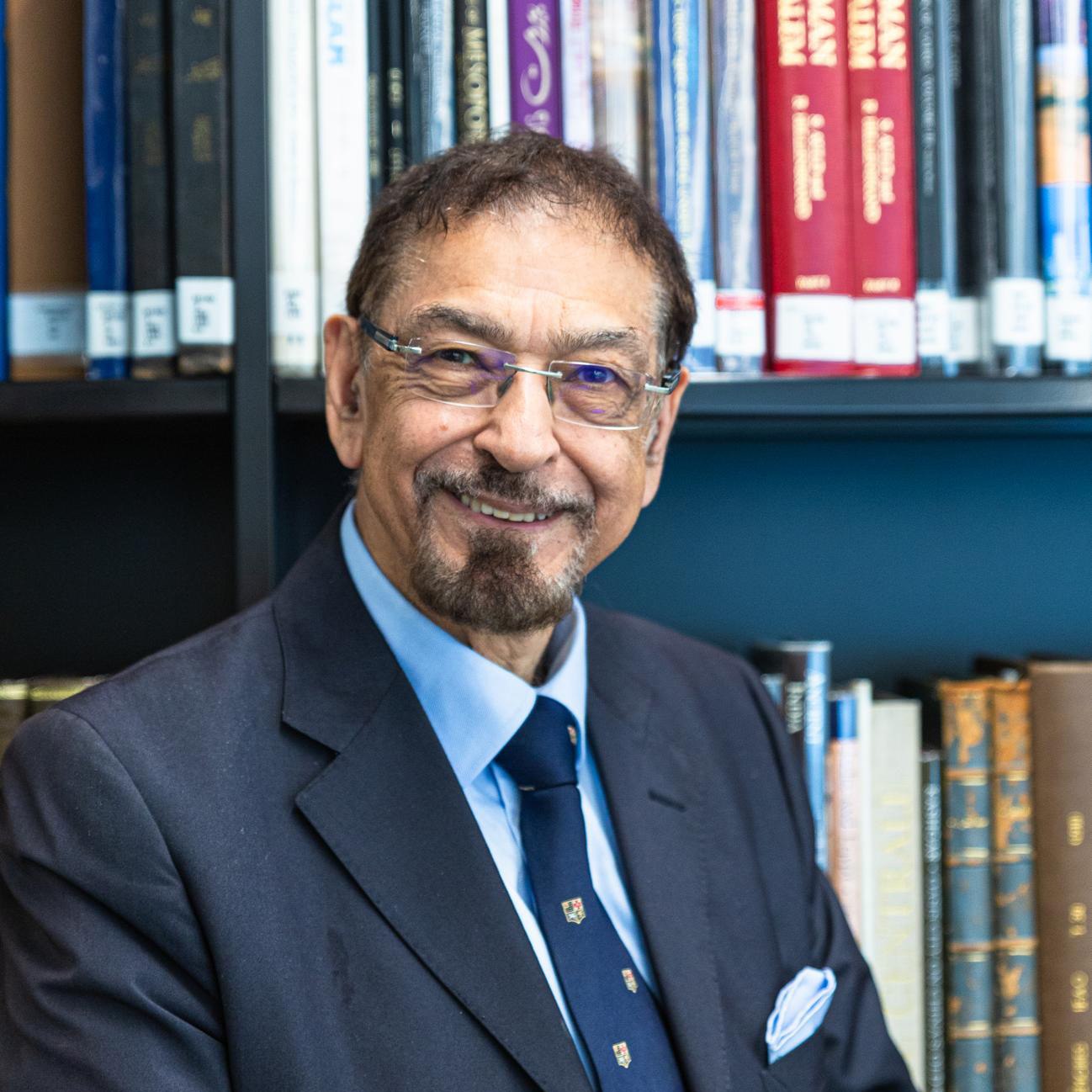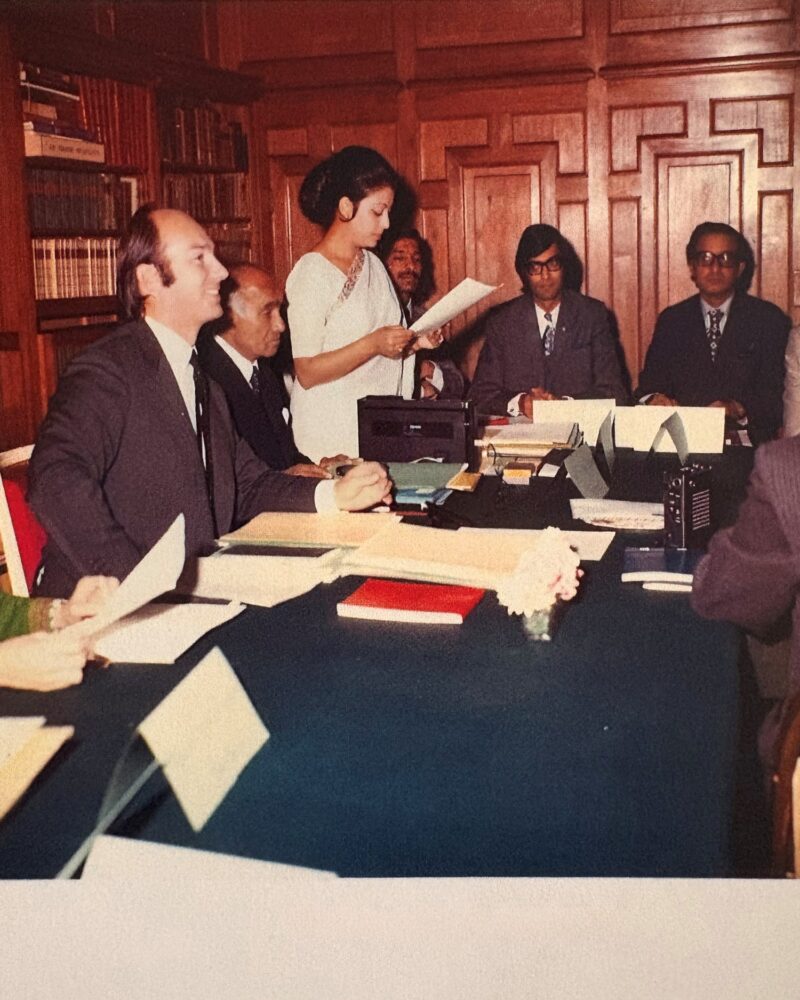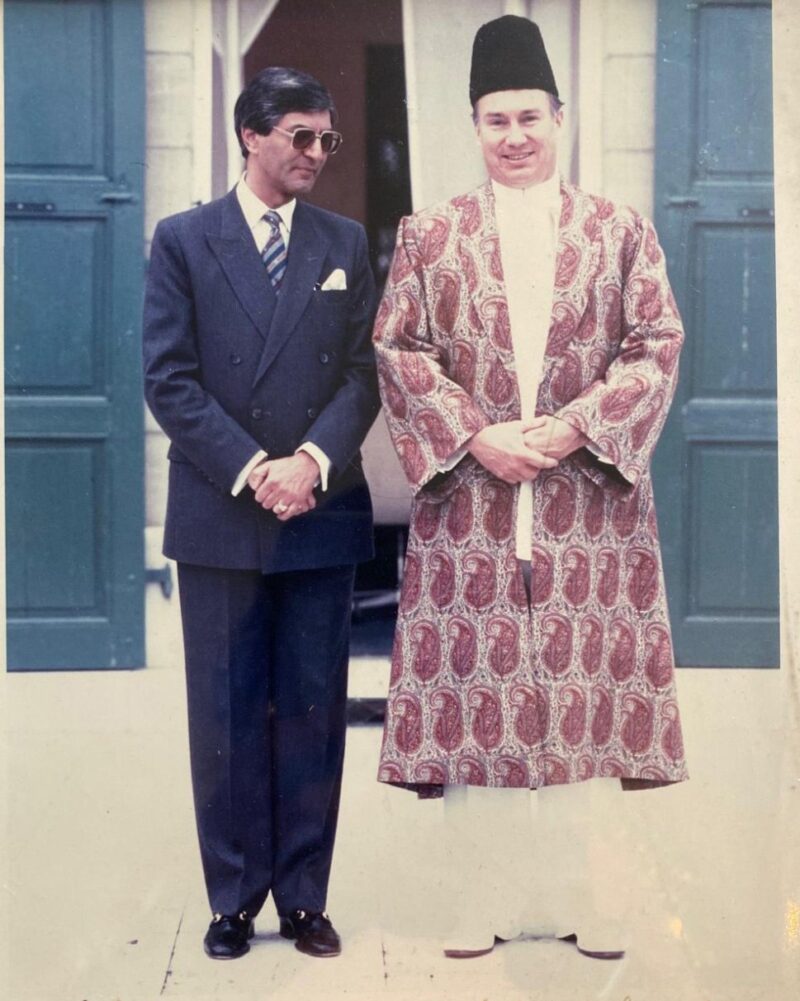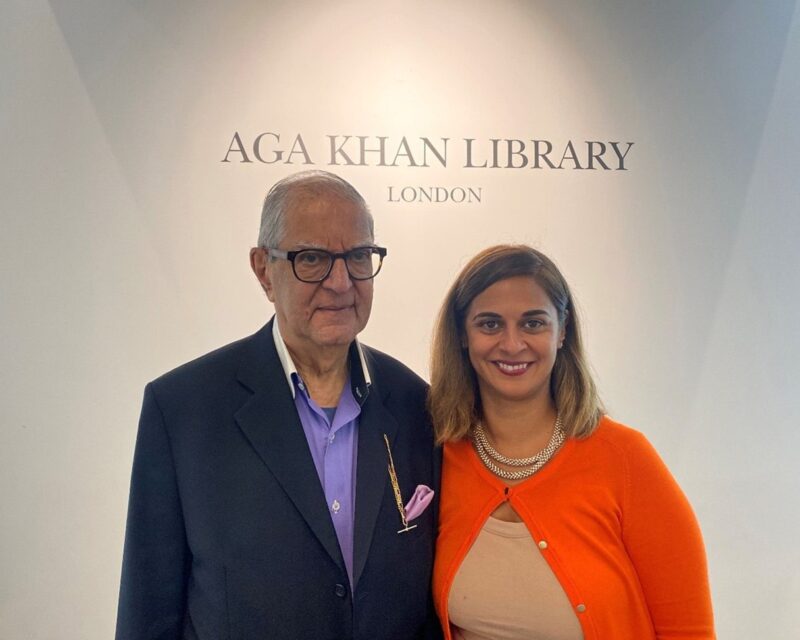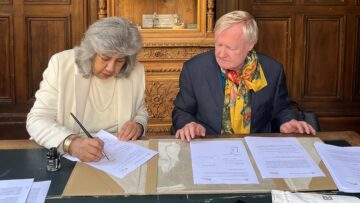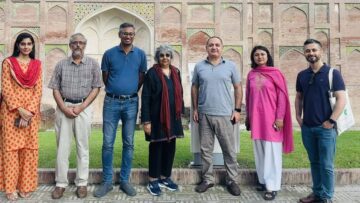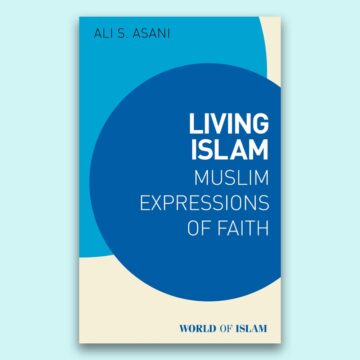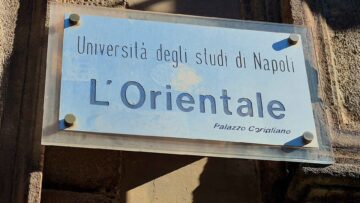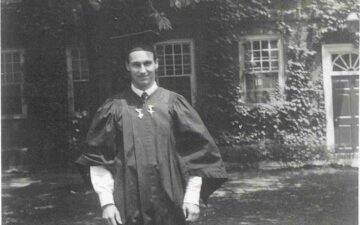Vazir Anil Ishani’s passing away in Nairobi, Kenya, is an important milestone in our recognition of the fact that many senior leaders within the Ismaili community who were responsible for the evolution of the community and its institutions in the last quarter of the 20th Century are either no longer alive or are in the autumn of their lives. They all worked under the patronage of His Late Highness Shah Karim al-Hussaini Aga Khan IV, who was a longitudinal thinker, underpinning his vision with a practical action programme.
Vazir Ishani was born in Mombasa and attended the Duke of Gloucester School (now renamed as Jamhuri High School) till the age of 16, following which he went to England to complete his General Certificate of Education. He then joined the Middle Temple Inn to become a barrister and, at the age of 21, returned to Nairobi to join his father’s legal practice, Ishani and Ishani. His father, Count G.K. Ishani, was a practising lawyer in Kenya who, during the Kenyan emergency in the 1950s, assisted in the defence of Dedan Kimathi, an eminent freedom fighter in the Kenyan Independence Movement. Senior Ishani also played an important role in the Kenyan political independence struggle at the level of municipal politics, more particularly at the time of the 1960 Lancaster House Conference, which led to Kenya’s independence. As a young lawyer, Vazir Ishani also spent some time in Kampala, Uganda, where his father had opened a second legal office.
Primarily, Vazir Ishani practised as a lawyer in Nairobi in the early 70s and was engaged in serving the Ismaili community. In 1973, under the guidance of the 49th Imam Shah Karim Shah, Aga KhanA title granted by the Shah of Persia to the then Ismaili Imam in 1818 and inherited by each of his successors to the Imamate. IV, he was involved in conceptualising a new constitution to address the burgeoning needs of the IsmailisAdherents of a branch of Shi’i Islam that considers Ismail, the eldest son of the Shi’i Imam Jaʿfar al-Ṣādiq (d. 765), as his successor.. Many Ismailis were then moving from East Africa and other parts of the world to Western Europe and North America as a result of the post-colonial developments in Africa and Asia. That was also the year when the title of Vazir was conferred on him, at the age of 36, by His Highness Aga Khan IV.
Vazir Ishani’s contribution can best be assessed in the resettlement of the JamatAssembly or religious congregation; also a term used by the Nizari Ismailis for their individual communities. in its second diaspora which called for rethinking in a number of areas. Under the leadership and guidance of the Mawlana Shah Karim Shah, a number of leading Ismailis were also involved in this process.
Vazir Ishani was appointed as a member of the Board of Governors of The Institute of Ismaili Studies (IIS) when it was established in 1977 with a view to ensuring that the Ismaili community was able to recapture its historical heritage while at the same time addressing its contemporary needs in a number of new environments. He remained on the Board until 1987. During his tenure, Vazir Ishani was also appointed to other positions such as President of the National Council of the United Kingdom (1984-87) and coordinating the drafting of the new Ismaili Constitution in collaboration with a number of senior leaders of the Jamat, experienced lawyers, and heads of leading institutions. The process culminated in the promulgation of the first global Constitution for the Shia Imami Ismaili Muslims by His Late Highness Aga Khan IV in Geneva, Switzerland, on 13th December,1986.
Following the promulgation of the new Constitution, Vazir Ishani was appointed on the Ismaili Leaders International Forum, initially as Deputy Chairman (1987-90) and then as Chairman (1990-96). In 1998 he returned to Kenya as the first Resident Representative of the Aga Khan Development Network (AKDNThe Aga Khan Development Network (AKDN) is a contemporary endeavour of the Ismaili Imamat to realise the ethics and social conscience of Islam through institutional action. More) with the mandate to establish AKDN as an accredited NGO in Kenya. Vazir Ishani retired from this position in 2007.
Looking back on his services to the Ismaili Community, which spanned over 50 years, it included engagement with some pivotal institutions in which he provided the necessary legal oversight coupled with strategic leadership. In addition to the ones mentioned earlier, these included Islamic Publications Limited, where he was a director, and the Approval Committee Ismaili Information Business Centre, where he was a member. There were also institutions such as Cromwell Gardens Development Limited, which was responsible for the building of the Ismaili Centre in London, and on which he was a director, and the Aga Khan Foundation UK of which he became the Chairman. In assessing his role, it can be said that it was largely in the field of legal oversight and governance that Vazir Anil Ishani made his greatest contribution to the evolving needs of the Ismaili community and its institutions and the AKDN.
He was predeceased by his wife, Amina, who was a well-known health educationist and a respected member of the Kenyan Ismaili Community. He is survived by two daughters, Shaheen Ishani and Karina Govindji, a Trustee and present member of the Board of Governors of The Institute of Ismaili Studies.
Quiet and humble, he was always looked upon for his wisdom, experience and commitment to serve the cause of the Ismaili Imamat and the community worldwide. Faculty, staff and alumni of IIS remember the late Vazir Anil Ishani, the first resident governor of IIS who has left behind a legacy of significant contributions to many institutions.

